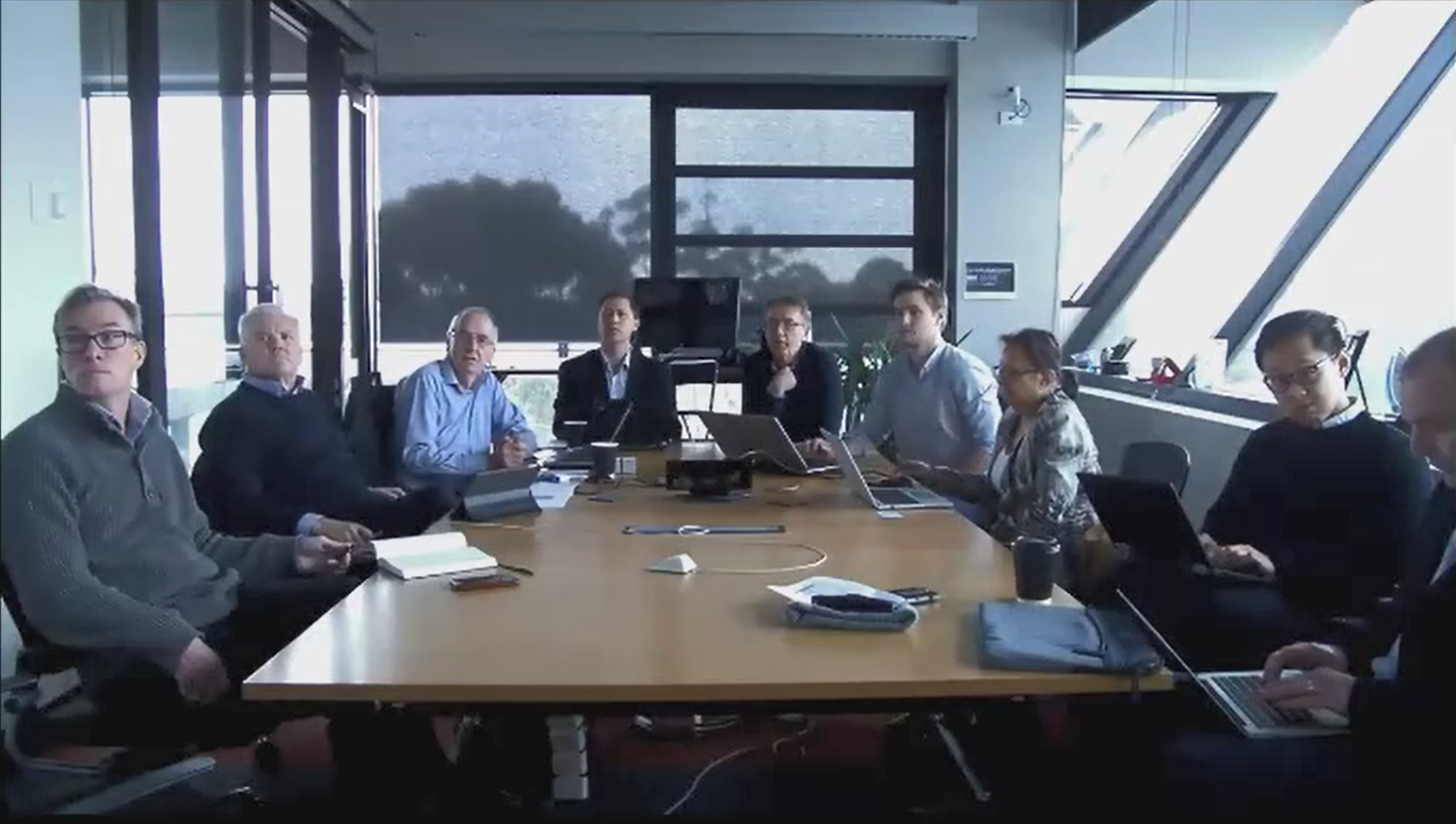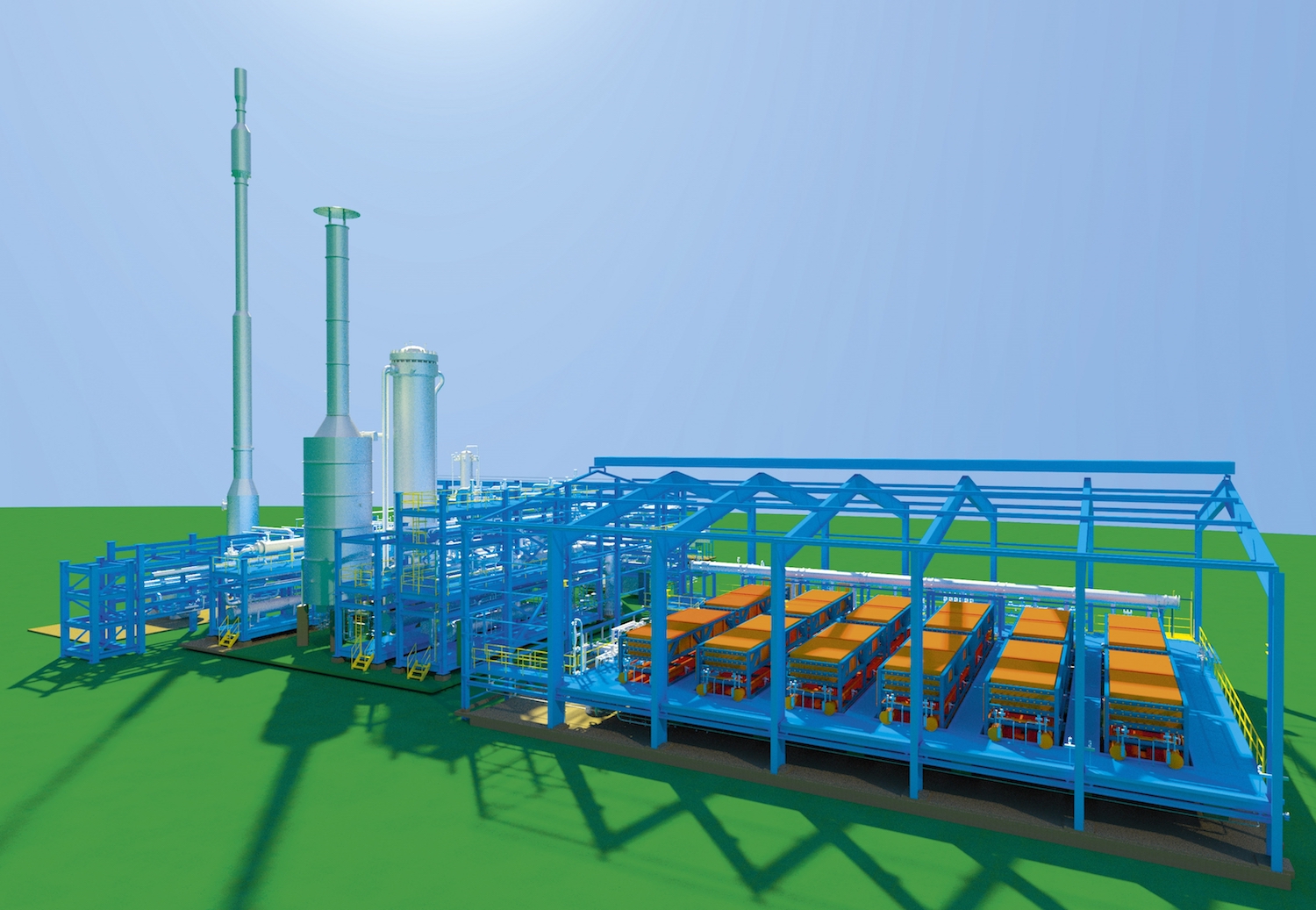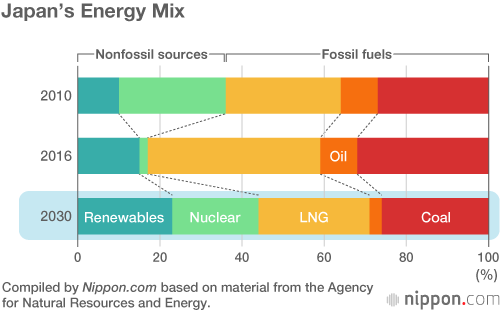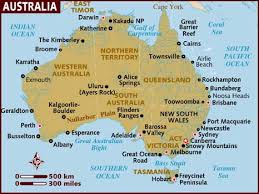Ammonia Is Taken Up by Wide-Circulation Media
In the last 12 months ... If a “meme”, in the definition of British psychology professor Susan Blackmore, “is information copied from person to person, including words, stories, technologies, fashions, and customs,” then clearly there is a meme spectrum that has “esoteric knowledge” at one end and “the common wisdom” at the other. Where does ammonia energy fall on this spectrum? “Esoteric knowledge” it may once have been, but this is no longer the case with the concept’s first incursions into mainstream reporting this year.









